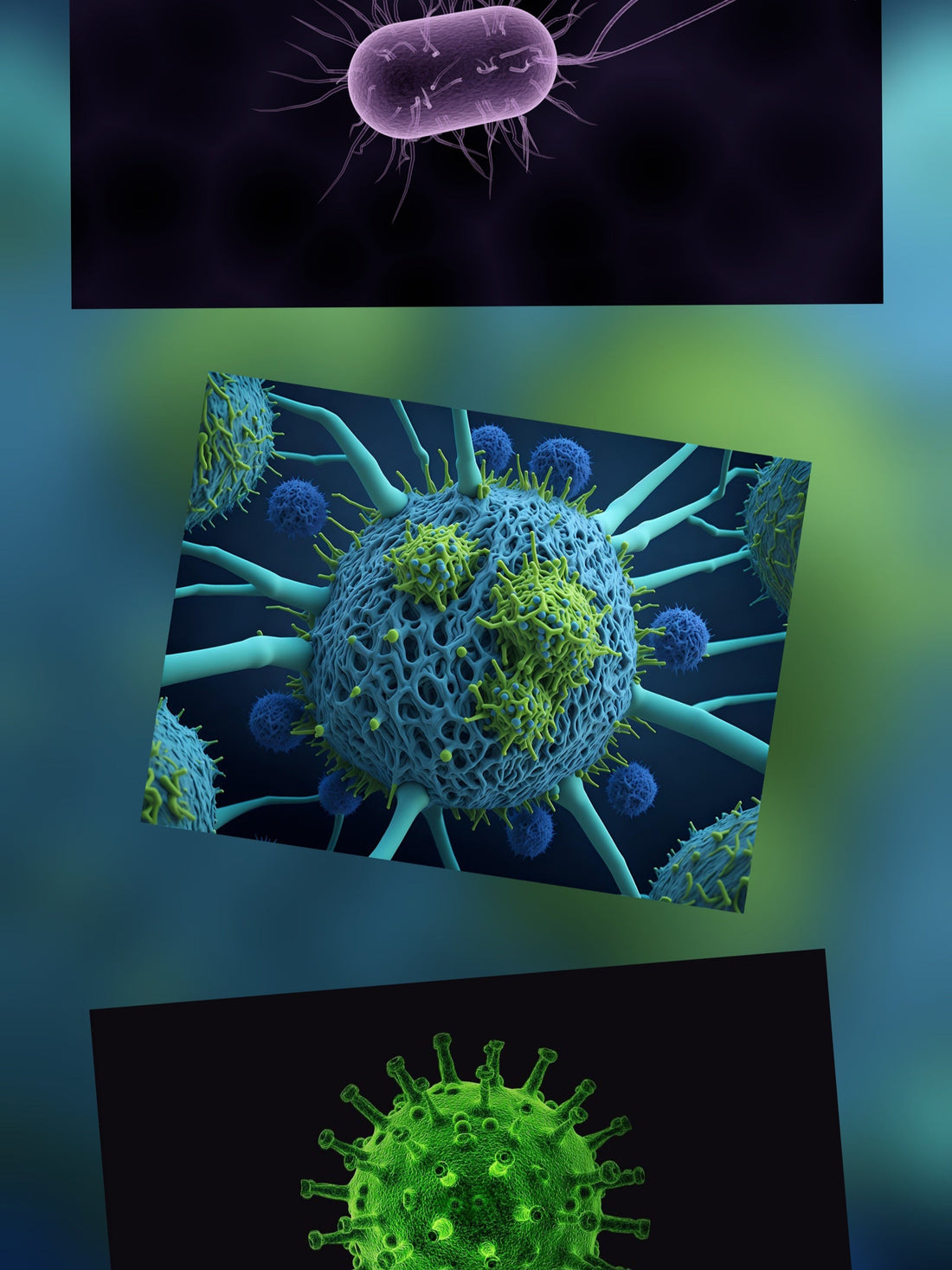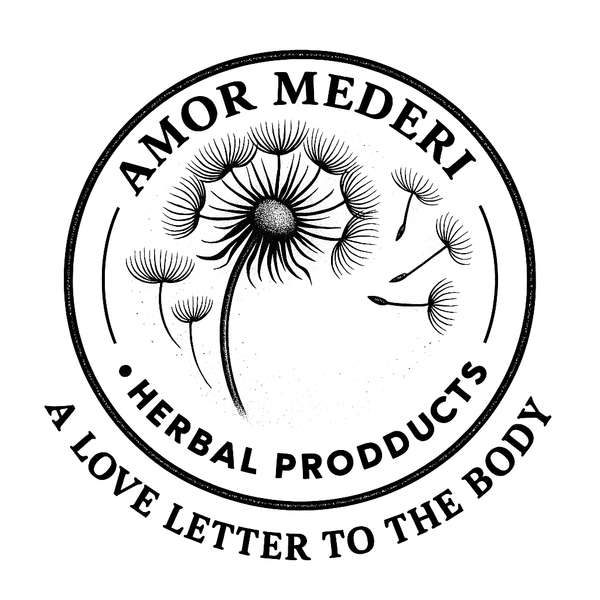
Why Some People Don’t Get Sick: Microbes, Terrain and the Art of Staying Well.
We’ve all seen it happen. Someone in the house catches a flu, or a stomach bug moves through the community, and yet, not everyone exposed gets sick. The same microbe is present, the same air shared, the same household touched. One person falls into bed for a week, another feels a slight dip in energy and recovers overnight, and someone else remains entirely unaffected.
If illness were simply a matter of “catching” something, we would all fall sick at the same rate, in the same way. But life doesn’t play out like that. Instead, it reveals something far more intelligent at work. The state of the terrain inside us.
One of my teachers used a simple analogy that stayed with me:
"Flies do not create rubbish. They come because the rubbish is already there."
Remove the rubbish, and the flies have no reason to gather.
This is the essence of terrain philosophy. Microbes, like flies, flourish where conditions call for their function. They are recyclers, breaking down what has become stagnant, congested, inflamed, or energetically unwell. They are not villains. They are responders.
A Quiet Moment in History: Pasteur’s Confession
Louis Pasteur, often credited with Germ Theory, spent his life focused on killing microbes. His contemporary, Antoine Béchamp, insisted that the nature of the body, the terrain - matters more than the germ itself. He observed that under different internal conditions, microbes behaved differently, shifting form and function according to their environment.
It is said that on his deathbed, Pasteur finally admitted:
“The microbe is nothing. The terrain is everything.”
Why? Because even he could not explain why some cows exposed to the same pathogen died while others stayed well. The germ was identical. What differed was the terrain - nutrition, stress, vitality, organ resilience, lymph flow.
The Body as an Ecosystem, Not a Battlefield
Modern microbiome science is finally catching up to what herbalists and traditional healers always knew. The body is not a sterile fortress meant to fight off invaders. It is an ecosystem, rich with microbial life that shifts behaviour based on the conditions we create inside ourselves.
When the inner terrain is congested, overheated, stagnant, or inflamed, microbes step into their natural role as breakdown agents. When the terrain is clear, nourished, and vital, those same microbes act as allies, processing nutrients, protecting mucous membranes, and maintaining balance.
So the real work is not only in “killing what invades”, but more deeply in “tending what we hold within.”
Herbs as Terrain Stewards — Not Soldiers
The herbs I carry are not weapons. They are gardeners of the inner terrain, each tending to a specific imbalance:
Marshmallow root: brings moisture and soothing where tissues have become dry and irritable, softening hard terrain so the body does not call in emergency inflammation.
Mullein: lifts lymph and releases congestion, like clearing standing water so stagnation does not attract microbial “clean-up crews.”
Calendula petals: supports gentle repair of tissue, encouraging healthy regeneration so breakdown microbes don’t need to step in.
Astragalus root: strengthens deep vitality and boundaries, making the terrain resilient so external stressors do not penetrate deeply.
Licorice root: harmonises, moistens, and restores rhythm to stressed systems, preventing overwhelm and adrenal depletion.
Tulsi (Holy Basil): clears internal “damp fog” from stress and stagnation, brightening the terrain with clarity and spiritual lift.
Nettle leaf: deeply mineralises and clears heat and acidity, giving the terrain the nutrients it needs to maintain order.
Thyme and Elderberry: not just antimicrobial, but modulators of microbial behaviour, interrupting their signalling when terrain is inflamed while still allowing peaceable flora to remain.
None of these herbs arrive like soldiers. They arrive like caretakers.
Diet, Lifestyle, and the Subtle Terrain
Terrain isn’t only physical. It is emotional, energetic, and rhythmic.
- Hydration keeps lymph moving. Stagnant fluids are where microbial recyclers gather.
- Mineral-rich foods and broths give the cells what they need to hold structure.
- Fermented and bitter foods keep digestive terrain flowing rather than rotting and fermenting in the wrong place.
- Movement and sun shift interior damp and stagnation. Sunlight itself is terrain medicine.
- Deep rest signals to the immune system that it is safe to tend rather than fight.
- Even thoughts and stress chemistry alter terrain. A body in chronic fear tightens and dries. A body in grief stagnates. A body in joy circulates.
Tending, Not Battling
When we tend the terrain, microbes behave differently. They lose their reason to overgrow. Like flies to rubbish, they simply do not gather.
So when sickness passes through a household and one person becomes ill while another remains untouched, we can look beyond “infection” and instead ask:
What is the state of my terrain? Is there rubbish for the flies to find? Or has my garden been tended to well?
Herbalism stands here. Not in war, but in stewardship.
